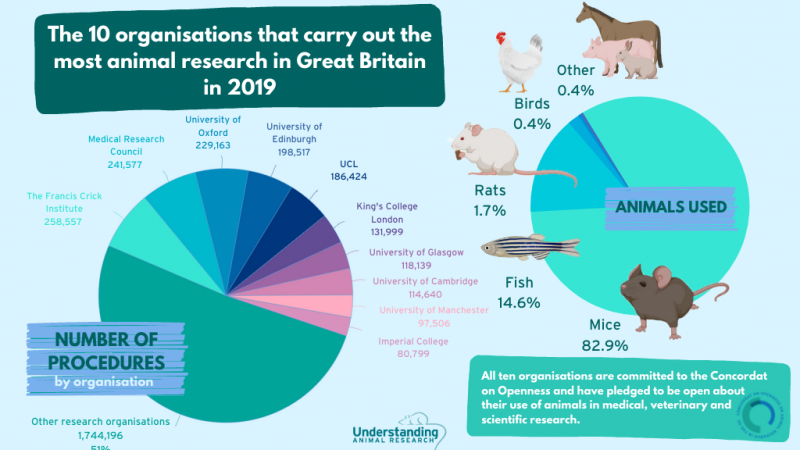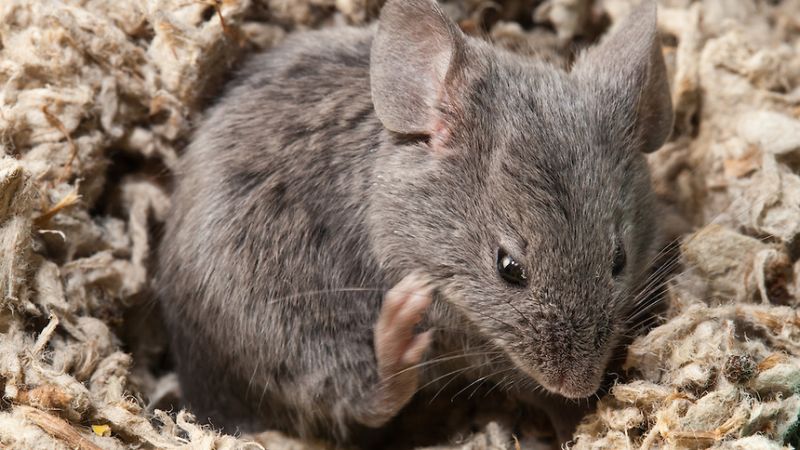Liver cells that mimic inherited liver diseases, produced from human skin cells, may offer the chance to regenerate damaged tissues and organs. But the potential of these 'human induced pluripotent stem cells' (hIPSCs) to reduce the number of animals needed to screen potential medicines has led to a prize for scientist Dr Ludovic Vallier at University of Cambridge.
The prize was awarded by the National Centre for the Replacement, Refinement and Reduction of Animals in Research (NC3Rs) and sponsored by GlaxoSmithKline. It comprises a £2,000 personal award and a £18,000 research grant. Professor Vallier receives his prize from Professor Paul Matthews OBE of GlaxoSmithKline at the NC3Rs Annual Science Review Meeting in London on 28 February.
Human liver cells (hepatocytes) cannot be grown in the laboratory, and differences between rodents and humans mean that it is rarely possible to recreate the human disease exactly in mice or rats or to use cultures of rat or mouse liver cells. Dr Vallier’s team took skin cells (dermal fibroblasts) from seven patients with a variety of inherited liver diseases and three healthy individuals (the controls). They then reprogrammed cells from the skin samples so they turned back into stem cells. These stem cells were then used to generate liver cells which mimicked a broad range of liver diseases, and to create 'healthy' liver cells from the control group.
These hIPSC-generated liver cells can be used in basic research and in medicines testing. Their use has already reduced the number of animals needed for the production of liver cells, in the laboratories that have adopted the technology. The cells could also transform the investigation of chemical/drug-induced liver injury, a major concern for the chemical and pharmaceutical industries, by reducing dependence on animal testing.
Dr Vicky Robinson, chief executive of the NC3Rs, is pleased with the number of high quality prize applications (up by a factor of six on previous years):
'The entries show the breadth of approaches researchers are taking to further the 3Rs. The judging panel was so impressed by the overall quality of the entries that this year it decided to award two highly commended prizes in addition to the main award'.
Dr Anna Williams from the MRC Centre for Regenerative Medicine at the University of Edinburgh was highly commended for her work on brain repair. She developed a tissue model of the mechanisms used by the brain to repair the damage to the protective coating of nerve cells, the myelin sheath, caused by diseases such as multiple sclerosis. Testing one demyelinating toxin in live mice can take four weeks and uses 40 mice; brain slices from 40 humanely killed mouse pups can be used to test 20 compounds at two different doses within five weeks.
Dr Stephen Pettitt, currently at the Institute of Cancer Research, London, was also highly commended for work, carried out while at the Wellcome Trust Sanger Institute, in breeding genetically modified mice – used in countless labs for many procedures. His work means that large numbers of animals are no longer needed to 'breed true' each modification. This results in significant cost and time savings as well as improving welfare.
Please visit our page on animal welfare and the three Rs for more.
Last edited: 14 March 2022 09:29



